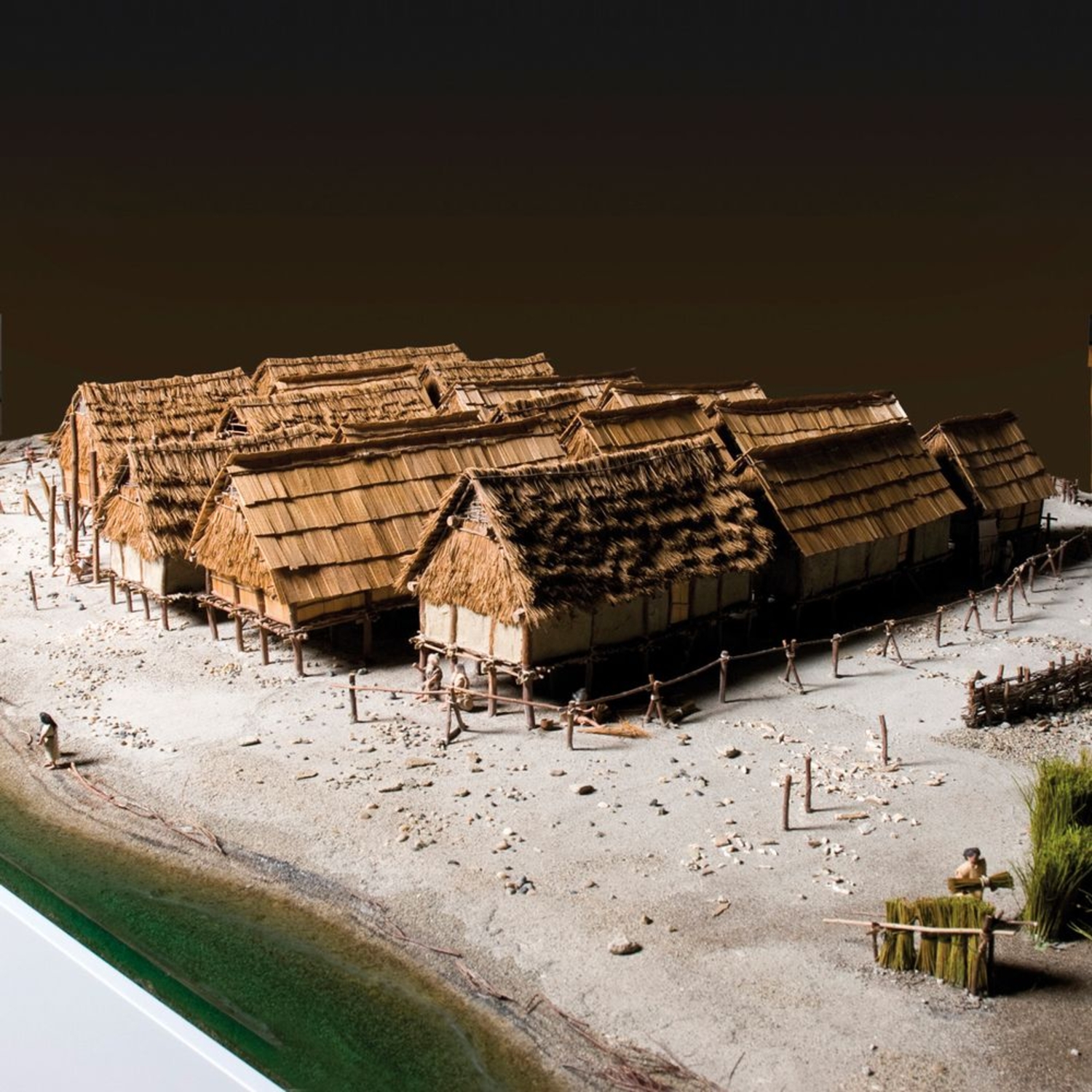- Home
- The village
- A lakeshore village ?
- Good soil for bulding houses ?
Some researchers believe that the soil was always dry and firm when it was occupied. These lakeside villages were therefore made up of completely normal houses, built during multi-year dry periods.
In this zone of lake marl, where the soil is only dry on the surface, it would have been particularly easy to drive construction piles. Several years later, the houses were abandoned when flooding became more frequent.
Nevertheless, this hypothesis does not stand up to scrutiny. How do we explain the wood's excellent state of preservation, if it was not permanently in a wet environment? In the same manner, how does one account for the formation of archaeological layers and clay sediment without the presence of water?
Archaeological excavation has shown that the situation was much more complex, involving houses with floors raised above flood level, and houses built on packed earth in shallow waters or peat bogs.
The theory of good soil for building has thus been discarded.
Reconstruction of a lakeshore village built on dry soil.
Zürich (Switzerland), Pfahlbauland.

